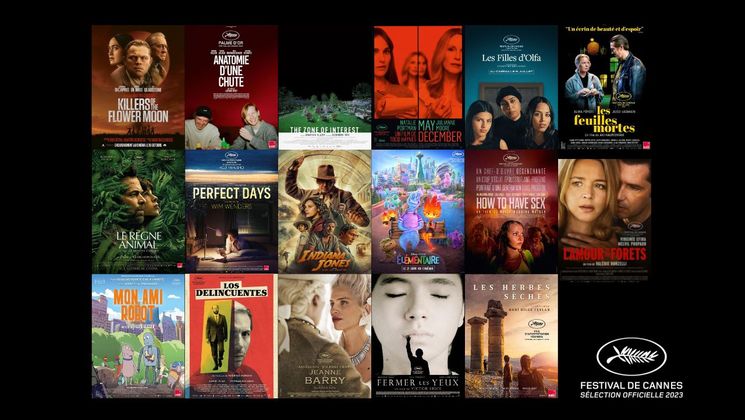
Ye Ye explores the “joyful pessimism” of Chinese people in H6

For his first feature film, the artist of Chinese descent, Ye Ye set-up his camera in the biggest hospital in Shanghai to capture the unique way in which the Chinese use fatalism and humour to deal with life’s challenges.
What was the inspiration behind H6?
In 2015, I was hospitalised in France. The following year I participated in the filming of a television series in a hospital in China. It was here when I discovered how the perception of illness and danger differs between Europe and Asia. For the series’ second season, I suggested producing a documentary focusing on the way in which the Chinese deal with suffering. I focused on hospital n. 6, which is the largest in Shanghai. This gave me access to a really big cast and therefore I was able to show the resilience of the Chinese through a variety of examples. In total, the filming of H6 lasted four years.
Which aspects of Chinese resilience did you want to reveal?
When I was a teenager, I had the opportunity to observe this combination of humour and fatalism, the love and dependence which, for me, characterises the Chinese’s resistance to adversity. I dug a little deeper into the film and explored their joyful pessimism.
What is your view on the evolution of Chinese society?
In only thirty years, Chinese society has managed to overcome what western societies took more that a century to overcome. To cope with these rapid changes, it had to deploy a great deal of ingenuity and adaptation. The film shows the strategies used to keep this, more or less clumsy, balance. When watching H6, I hope that viewers feel somewhat closer to the hearts of the Chinese.
What were your objectives for the storyline?
I wanted H6 to resemble a fictional story, even if I was filming real people and real situations. For me, this process seemed more likely to provoke empathy from the viewer.
How was the filming carried out?
Organising it was a bit difficult as everyone was being filmed at the same time. I therefore had to be there a lot so as not to miss out on key moments for the story. I also had to find a good balance, I had to be close to the people while also allowing myself to forget. I started to film certain people, but soon had to stop as their story was perhaps the same as others, or because they weren’t expressive enough it what they were saying.
What exactly were you looking for?
From the very first meeting I tried listening to them, to understand their visible and underlying problems without letting them down, all the while adding to my story. When a sequence that I had filmed made me cry or smile, it was a good sign.
Would you like to say a word about the editing?
It began as soon as we started filming. I was constantly making edits in my head. First it was just me and my images, and then I made an eight-hour version of the film that I thought was coherent. I then met with the chief editor, Rodolphe Molla through my producer, Jean-Marie Gigon. I wanted him to give me his opinion on the people that I was still hesitant about. The idea was that he would feel the same way I did, that he would be touched by the cast. Rodolphe gave me the perspective I needed to rediscover my film.


